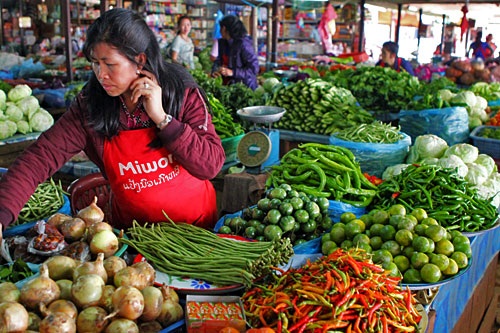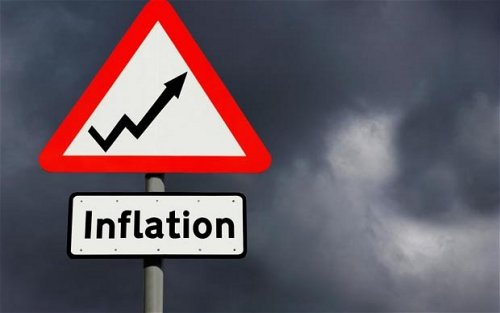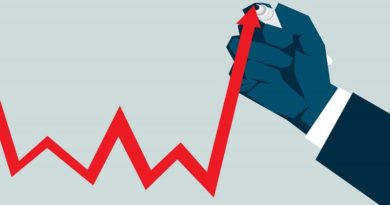Laos Records Low Inflation In Line With Region
Source: Vientiane Times
Laos recorded its highest inflation rates this year in July and August, but economists say overall regional inflation remains low linked to lower commodity prices.
According to the Bank of the Lao PDR, the Consumer Price Index in July this year stood at 102.04 with the inflation rate at 1.97 percent before declining to 1.85 percent in August.
Generally speaking, the inflation rate in Laos has been lower than 2 percent since February last year. July this year was the highest rate (1.97 percent) with the lowest being in April (0.84 percent).
The government’s established policy is to stabilise exchange rates to create confidence in the business sector thereby evening out product prices and boosting the economy.
Last year commercial banks in Laos lowered their interest rates for both deposits and loans in line with the Bank of the Lao PDR, aiming to reduce lending rates and thereby stimulate investment.
The lower production costs would enable Lao products to be competitive on international markets and contribute to increasing supply for local consumption and lowering inflation.
The main ingredients driving the nation’s inflation are food and transport with members of the public often bemoaning the high cost of living in Laos.
Many people complain that prices at local markets often go up and never go down. However, their incomes hardly ever seem to increase.
A senior economist from the National Economic Research Institute, Dr Leeber Leebouapao told Vientiane Times yesterday that “the prices of other products do not increase much but the cost of the food and transport category goes up significantly.”
Typically, falling international commodity prices have contributed to lower inflation in the region.
According to an Asian Development Bank (ADB) report, regional inflation was forecast to ease from 3.1 percent in 2014 to 2.6 percent in 2015 before bouncing back to 3.0 percent in 2016.
In China, for instance, the country’s consumer price index (CPI), the main gauge of inflation, grew 1.3 percent year on year in August, down from July’s 1.8 percent.
In the meantime, China’s producer price index (PPI), which measures costs for goods at the factory gate, dropped 0.8 percent year on year in August.
The ADB report stated that global commodity prices were expected to stay moderate in the forecast horizon, removing price pressure on consumer items. Tamed inflation provides space for monetary policy to shore up weak domestic demand if necessary.
An environment of low oil prices was fuelling higher economic growth globally, particularly in the major industrial economies, which was slowing inflation and hence enhancing the scope for lower interest rates that could continue stimulating economic activity.
ADB recommended that policy makers should take advantage of this moment to pursue structural reform. For oil importers, falling oil prices presents an opportunity for governments to eliminate costly fuel subsidies or even raise fuel taxes with minimal disruption to household and business budgets.




